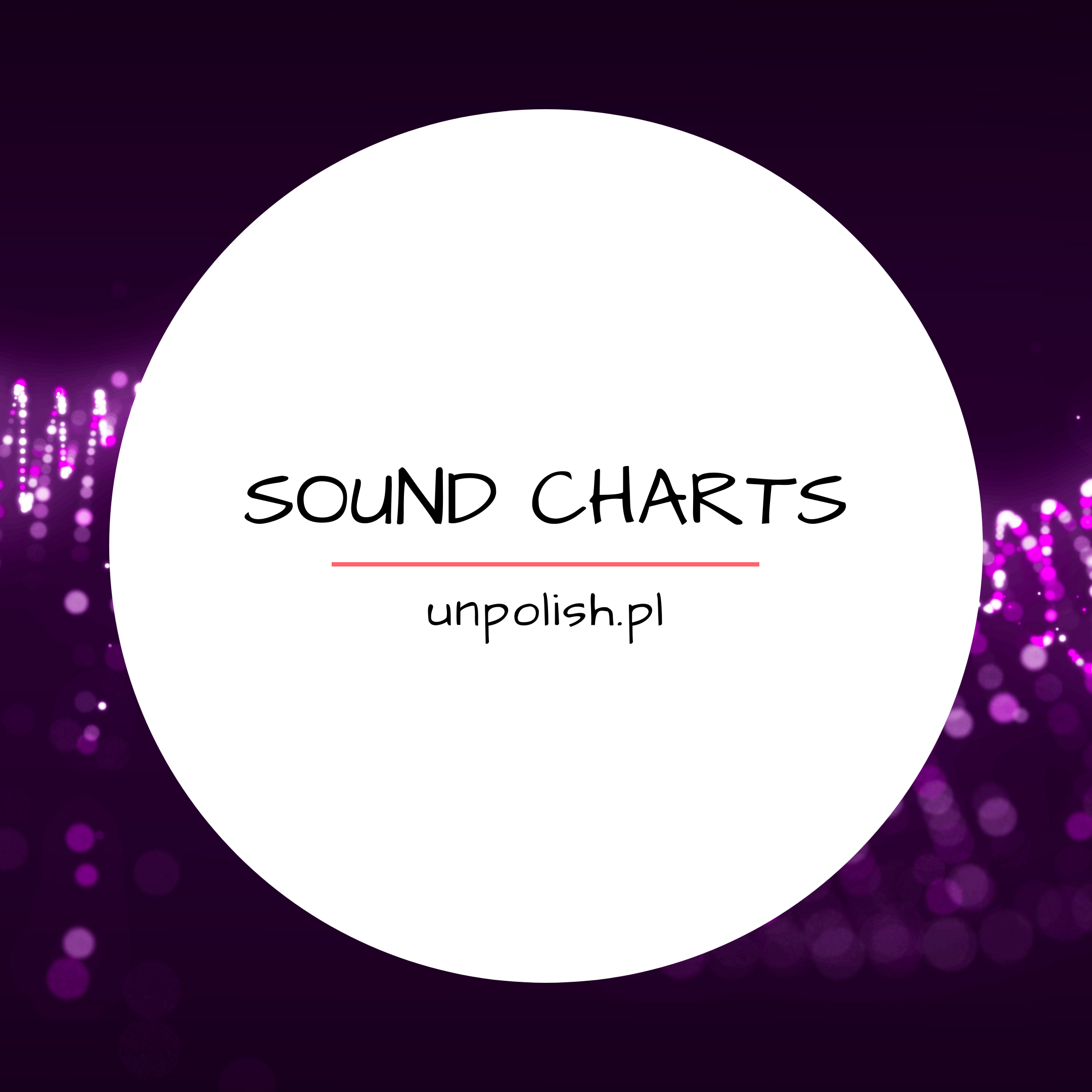Below, you will find a list of sound charts available in 2024, which can help you learn pronunciation. A sound chart usually includes a set of symbols (known also as 'phonemes’) in which each symbol represents a given speech sound for a particular variety of English. Most sound charts available online have been designed with Standard Southern British English or General American English in mind. Hopefully, there will be more sound charts displaying the richness of other worldwide varieties of English in the future.
Sound charts may look challenging at first, but if you look closely, you will notice that a lot of the symbols actually look like letters of the Roman alphabet and sound very similar to them. Other sounds may look like 'pretzels’ or 'wedges’ (citing my students over here), but can be, quite easily, matched to the actual articulation of the sound in the mouth. Depending on their layout, sound charts reflect the physical location of the sounds in the mouth or visualise the frequencies at which the sounds are produced. The videos or images attached support learners in the process of learning sounds by showing them both the front and the side view of the mouth (the sagittal section), which shows what happens inside the mouth with the tongue and other articulators when you produce a sound.
Finally, sound charts show you a range of sounds in a given variety of English and serve as a point of reference for reading out the transcription of the word in an app or a dictionary.
When I teach my students, I always start with a warm-up (to be described in a separate post) and then try to help them understand how a given symbol relates to how we physically articulate the sound. I also tell them about the relationship between the graphemic and phonemic version of words, and how to read IPA transcription. For the latter, I use online transcribers, which not only turn a given word into a sequence of phonetic symbols, but some can also read it out with a Text-To-Speech (TTS) functionality. Hope you will find this selection useful!
Interactive (click and play)
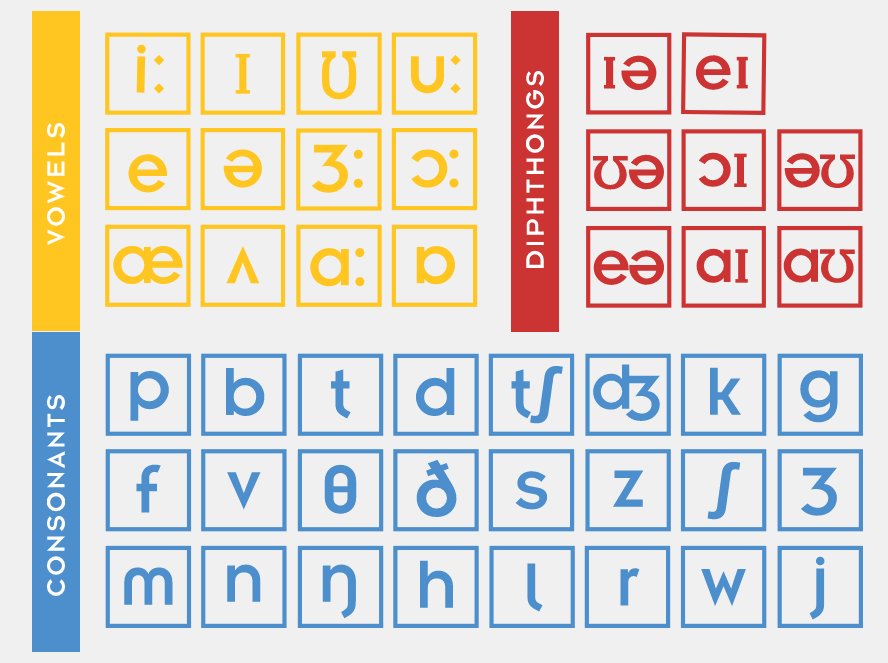
The Colourful Chart by JDtalks with audio and video clips explaining how to produce each sound

Quick and easy Southern Standard British English chart by Pearson

The Sounds of English with Alex & Tim’s Pronunciation Workshop with the BBC Learning English videos
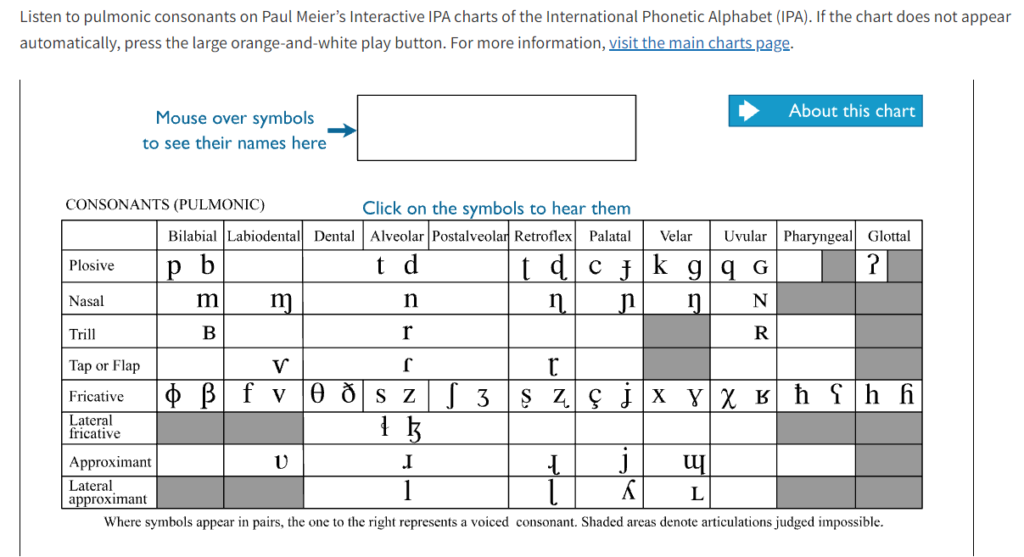
Paul Meier’s interactive IPA Charts for all languages
Printables

PronPack Sound Chart by Mark Hancock
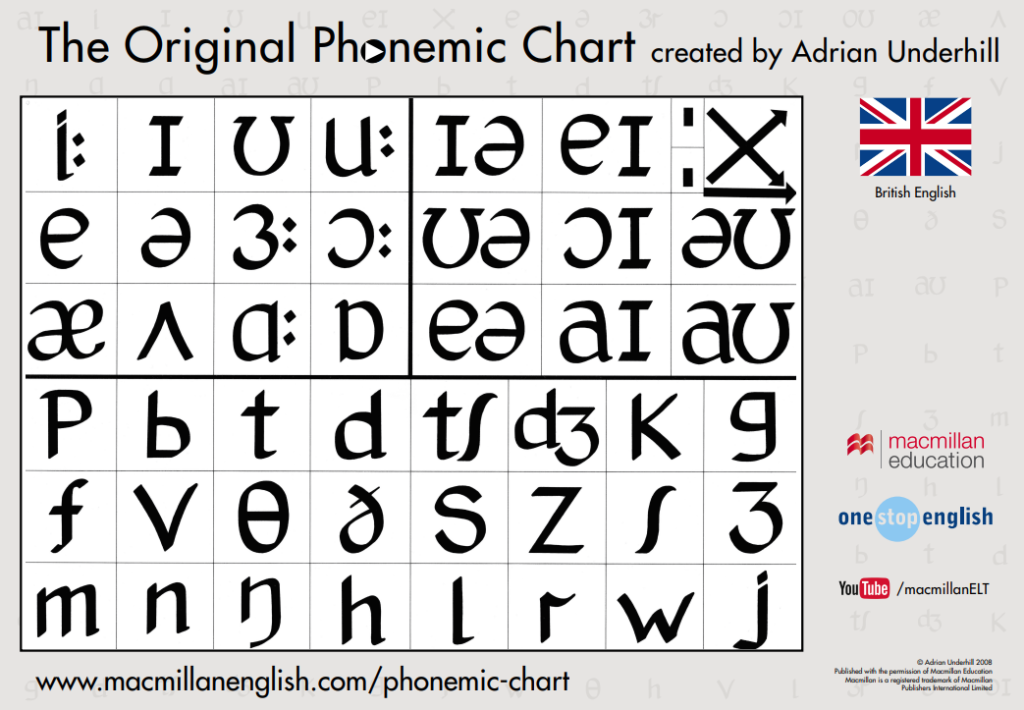
Printable Phonemic Chart by Adrian Underhill for British English
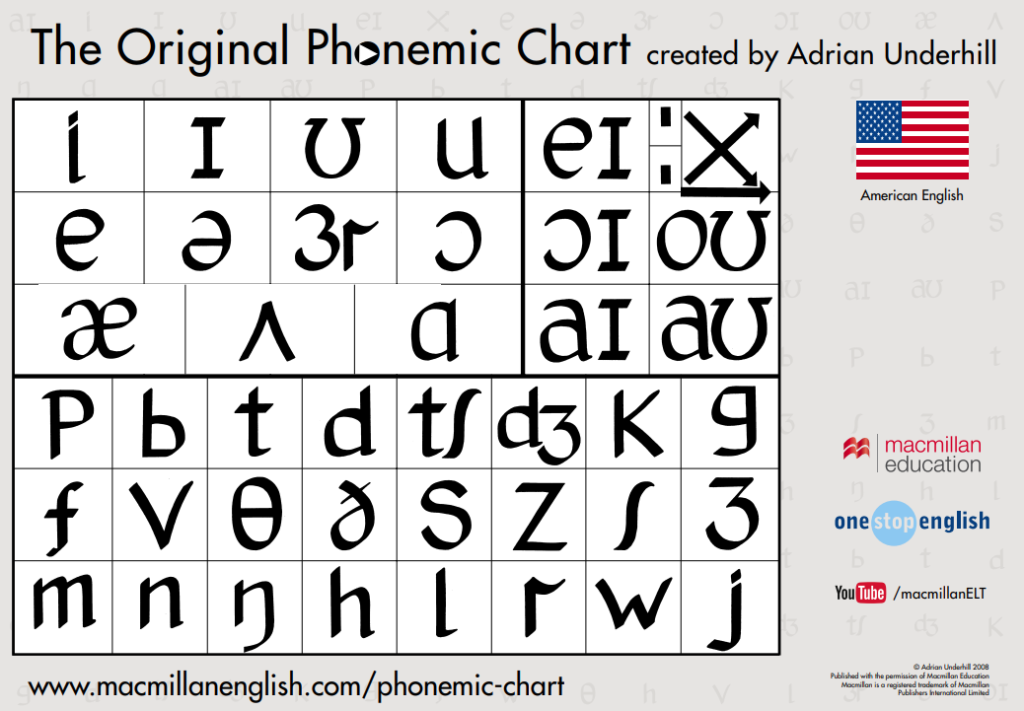
Printable Phonemic Chart by Adrian Underhill for American English

The PronSci Rectangle charts with lots of useful information about them

Full IPA Chart for all languages by The International Phonetic Association (2015 edition)
If apart from the transcription in IPA, you’re interested in how the words sound, you may resort to Text-to-Speech (TTS) readers, e.g. the following ones:

ToPhonetics – Transcriber & TTS
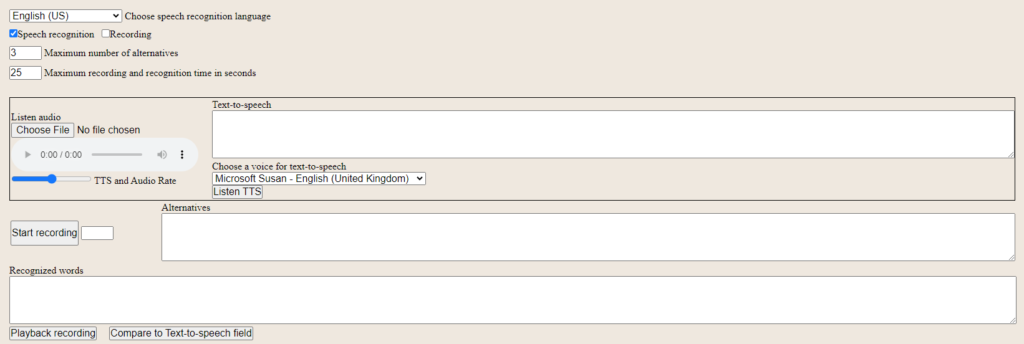
Pronunciation Checker – TTS reader
And if you’d like to type in IPA, I often use this IPA typewriter:

IPA.TypeIt.org – IPA typewriter

